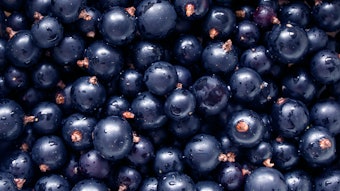With few exceptions, the character of every flavor and perfume depends on its odor-producing ingredients. The flavor and fragrance industries use more than 3,000 materials. While the vast majority are individual chemicals, several hundred are natural extractives, each of which is made of many individual chemicals. It is not unusual to find several dozen components in a single flavor formula and many times more in a perfume.
In practice a perfume or a flavoring is the product of countless decisions, mostly organoleptic. Trial and error selection of the best ingredients at optimum levels is long and tedious, requiring many time-consuming trials before a satisfactory product is achieved, if at all. This situation presents a dilemma to creative flavorists and perfumers who feel pressured to increase productivity at the expense of creativity.
A solution to this problem maybe found in the form of a method and apparatus for creating aromas in a direct manner free from complications due to the effects of volatility.










